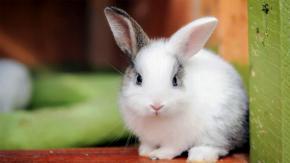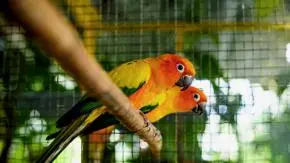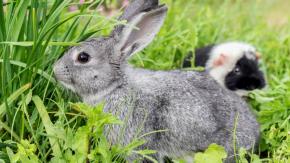Keeping rabbits and guinea pigs as pets is common, but many owners wonder if it’s possible or advisable to house rabbits and guinea pigs together. While rabbits and guinea pigs are both small furry animals often kept as pets, some key differences in their behaviours and requirements need to be considered when determining if they can be compatible cagemates.
This article will explore the characteristics of both rabbits and guinea pigs, potential issues that may arise from housing them together, and best practices for ensuring their safety and well-being if keeping them in the same living space. By understanding the needs of each animal and how to introduce and supervise them properly, many rabbit and guinea pig owners have found ways to allow these small pets to interact without incident.
Understanding Rabbit and Guinea Pig Nature
It is important to understand the natural behaviours and tendencies of both rabbits and guinea pigs before considering housing them together. Rabbits are prey animals and can exhibit stressful or aggressive behaviours when scared or threatened.
They have strong homing instincts and like to claim territory. Guinea pigs are also prey animals but are more social, active, and vocalising. They naturally graze in pairs or groups and feel more comfortable with their own kind. Rabbits tend to be more independent, whereas guinea pigs thrive with companionship. Rabbits can accidentally injure smaller guinea pigs with their size and hopping.
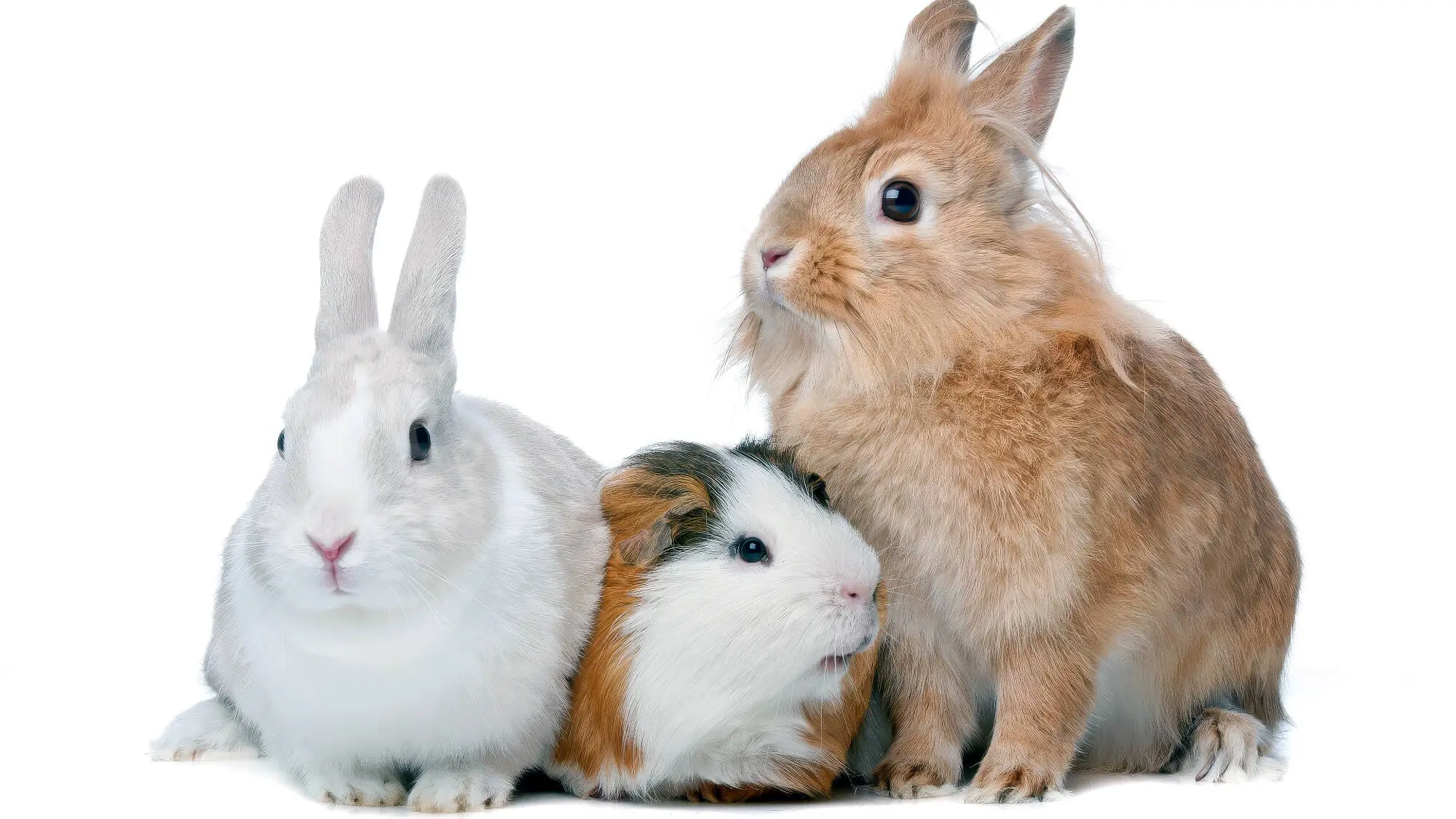
Additionally, rabbits may view guinea pigs as threatening their territory or food. Knowing whether a rabbit’s or guinea pig’s natural instincts will cause stress or conflict is key to determining if they can tolerate each other when shared space is introduced.
Housing Considerations
When considering housing rabbits and guinea pigs together, the enclosure needs to be large enough to have separate spaces for eating, drinking, sleeping, and exercising. A divided pen or use of cages connected by a safe opening allows each animal freedom to socialise on their terms.
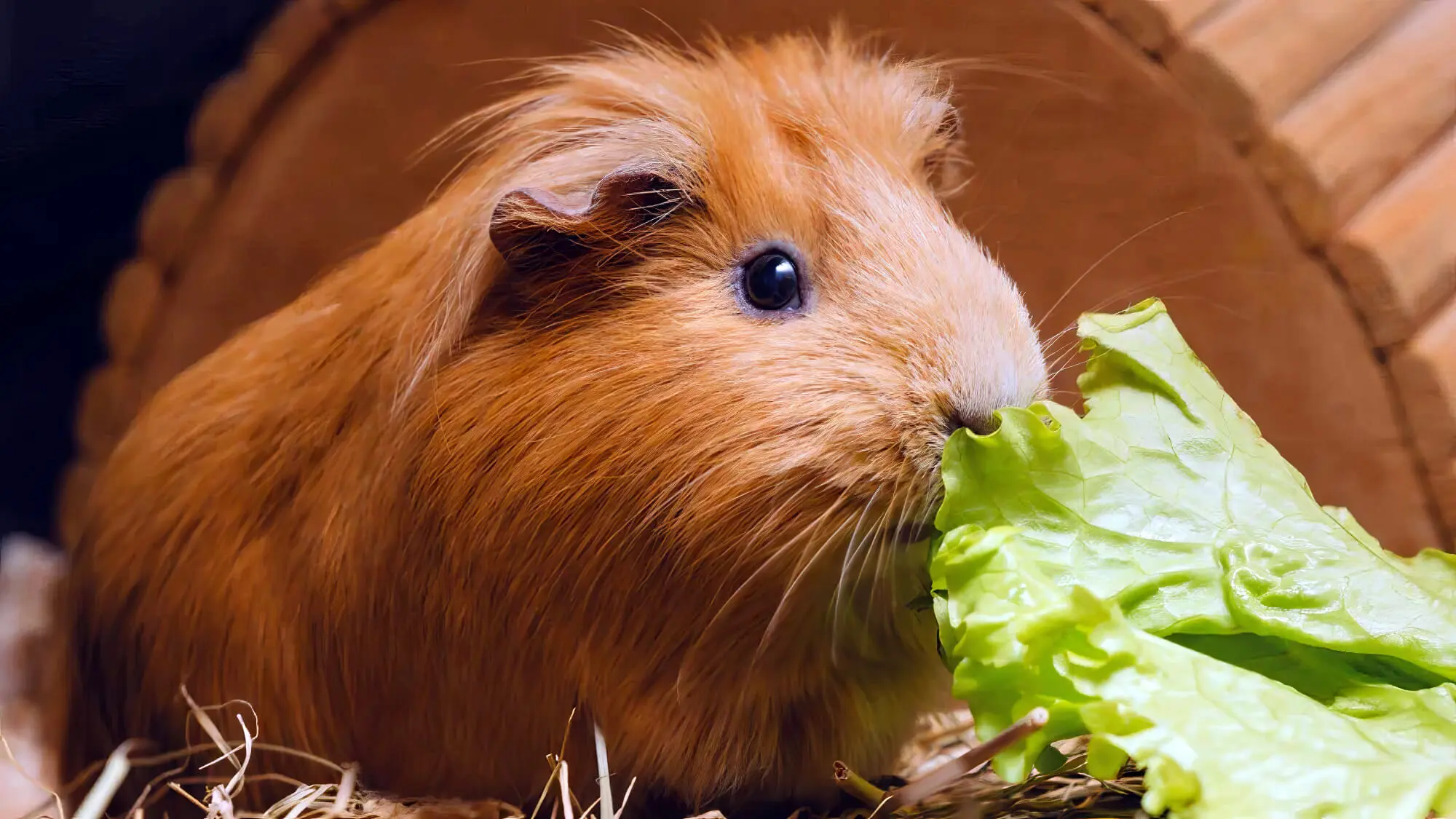
Rabbits need at least 5 ft by 4 ft of space, while the guinea pig minimum is 7.5 sq ft per animal. The enclosure should be escape-proof, with secure covers and tall sides rabbits cannot escape from. Substrates should be soft for small legs, like shredded paper or aspen shavings, over a few inches of bedding.
Hiding spots, solid shelves, toys and tunnels also reduce stress. Arrange food, water and hay racks far apart to avoid competition in a shared space. Thorough cleaning is necessary to control odour and keep each animal healthy. With the right-sized housing that accommodates both species' needs, sharing space can work.
Challenges and Risks
While well-intentioned, integrating rabbits and guinea pigs comes with potential challenges and risks that require diligent supervision and monitoring. Rabbits’ large size and energetic hopping can accidentally startle or injure smaller guinea pigs.
Introductions must be slow and gradual to allow each pet to feel comfortable, with temporary barriers used at first. Aggressive behaviours like nipping, chasing or bullying also need to be addressed quickly to prevent harm. Dietary differences mean rabbits cannot eat guinea pig pellets and vice versa.
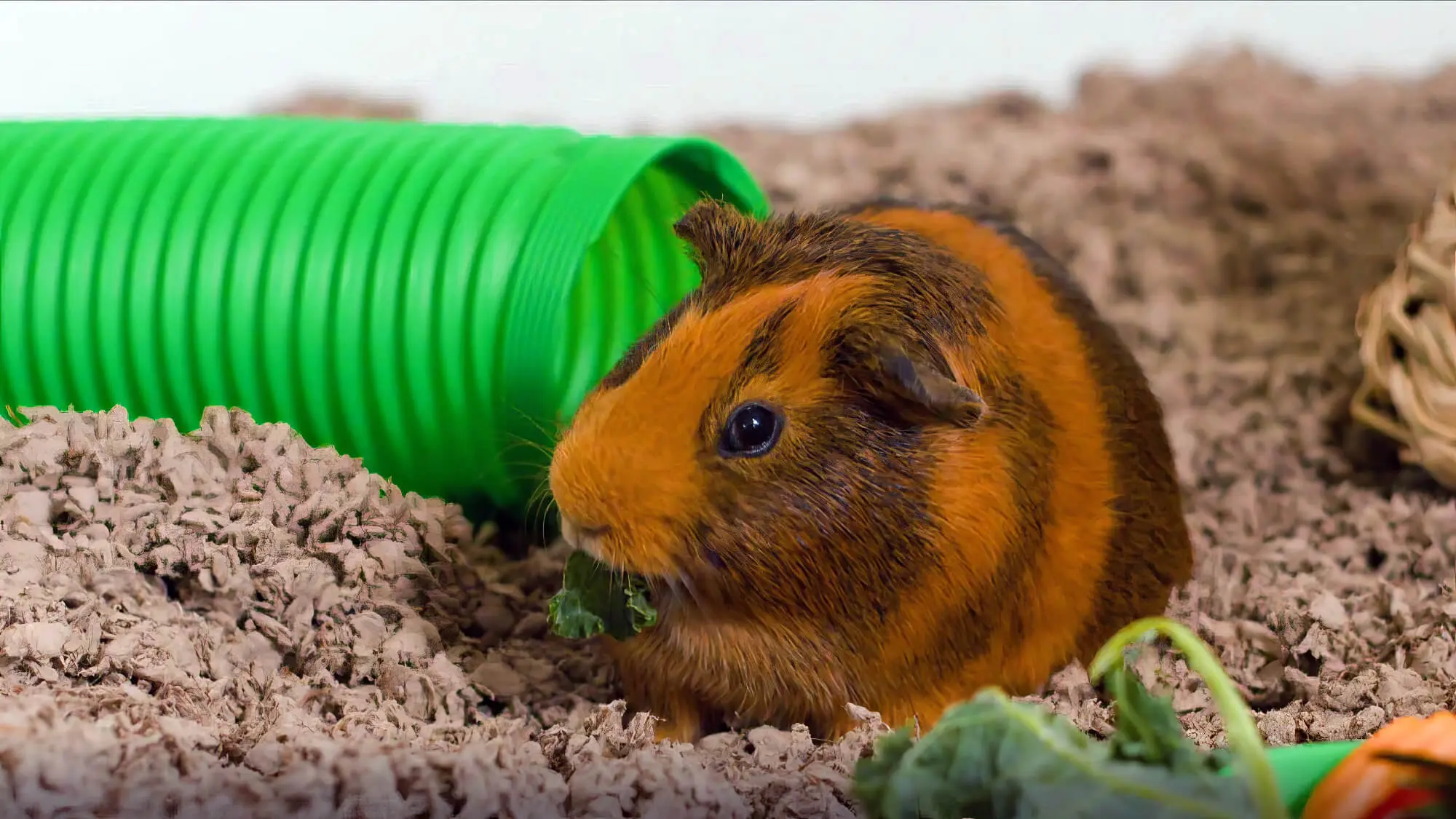
Separate feeding areas are a must to prevent GI issues. Rabbits also groom by re-ingesting faeces, which risks coccidia transmission to more susceptible guinea pigs. Stress from establishing dominance or territoriality could lead to injuries.
Owners must watch for signs of issues like hair loss, weight loss or health changes and be ready to separate animals if problems develop. With research, patience and precautions, the risks can be minimised.
Creating a Safe Environment
When first introducing rabbits and guinea pigs or adding a new animal to an existing colony, it is important to create a safe and controlled environment to minimise stress and risks. A temporary partition in the enclosure allows pets to see, smell and become accustomed to each other without physical contact.
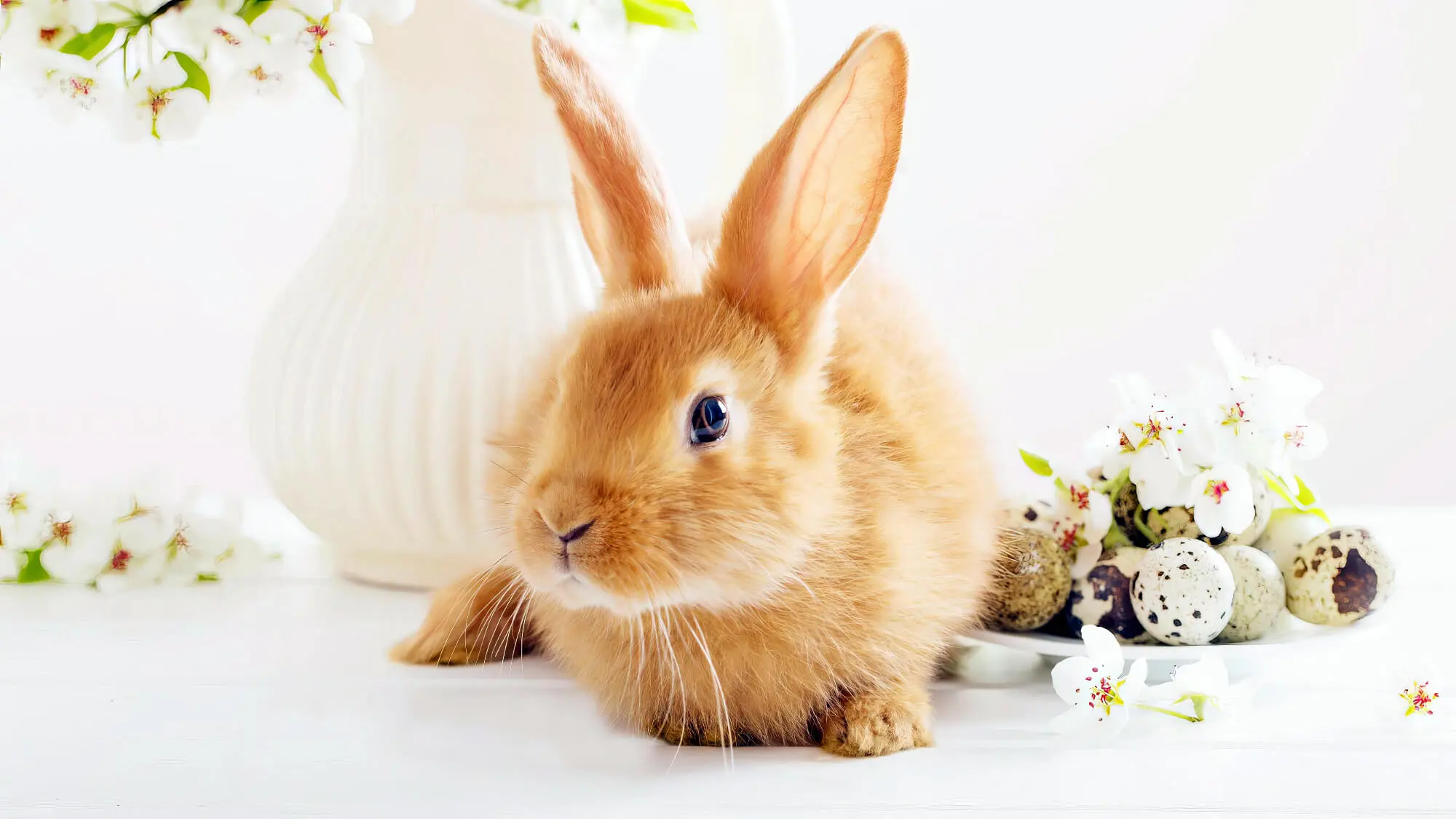
Supervised "play dates" can be done by swapping sides of the partition daily. Providing multiple food bowls, water bottles, and platforms helps prevent arguments over resources. Hiding boxes and shelters on both sides offer protection if needed.
Placing items with each animal’s scent, like used bedding, further helps them adjust to new smells. Keeping pets in their normal routine and diet prevents uncertainties. Having neutral territory, like an exercise pen, for initial supervised meetings outdoors of the enclosure can be helpful. With the proper introduction process and prepared accommodation features, rabbits and guinea pigs can learn to tolerate sharing space.
Rabbits and Guinea Pigs as Companions
While it takes effort, rabbits and guinea pigs can learn to coexist with the proper housing, introductions and supervision peacefully. At Planet Pet, our experienced staff understands the specific needs of both rabbits and guinea pigs.
We can guide enclosure size and set up recommendations to keep the animals safe and minimise stress. Our priority is always the health and welfare of all pets. If you’re considering housing a rabbit and guinea pig together and want to help develop a compatible introduction plan, don’t hesitate to contact us.
We can answer any questions you have about diet, behaviour, common concerns and signs that the animals may need some time apart. You can also find tips on our website at planetpet.com. By working with professionals like Planet Pet, many owners have successfully integrated rabbits and guinea pigs as bonded companions.
So, if properly researched and conducted gradually with care, these small pets stand a good chance at learning to coexist peacefully in one home. Reach out to our knowledgeable staff for guidance on this process.



